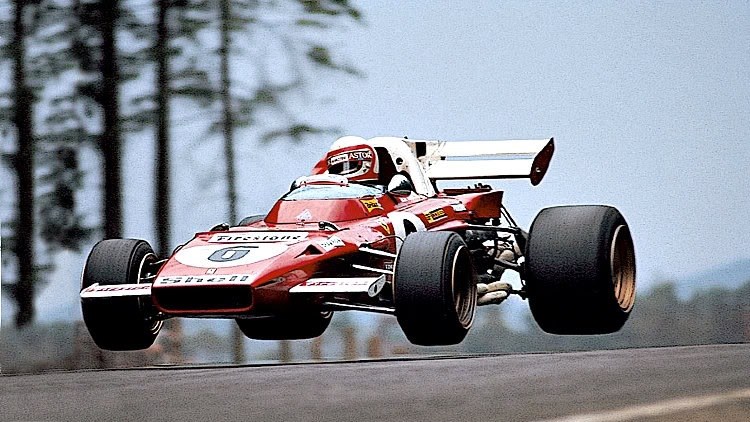The Golden Age is an imaginary past, and whilst there isn’t a specific period, in F1 parlance, the GA is considered from the late 60s to the early 80s.
It was a time of fierce competition; remember Ayrton Senna vs Alain Prost; their achievements and scuffles are legendary.
Not to forget Niki Lauda, James Hunt, Mario Andretti, Nelson Piquet, and Nigel Mansell, to name but a few.
Innovation was significant, with the change to semi-auto gearboxes, aerodynamics, and turbocharging.
On the negative side, there was a high number of accidents and fatalities; on the positive side, it meant action had to be taken regarding safety, although those changes weren’t as quick as many had hoped.
Sir Jackie Stewart once said that during the late 1960s and early 70s, anyone continuously racing had a two-out-of-three chance of dying.
The killer years: when F1 was sexy and dangerous.
Seat belts were not mandatory until 1972.
Of course, with great drivers came great races; who can forget the 1976 Japanese Grand Prix when Niki Lauda and Hunt the Shunt battled for the championship?
Races were shortened in 1958 from around 300 miles to 200 miles.
Due to the racing, the danger, the charismatic drivers, and charming team owners, such as Lord Alexander Fermor-Hesketh, cultural change was inevitable.
The lure of F1 significantly impacted popular culture; the Age of Austerity was passed, and the future looked bullish and bright.
Throw in a lttle Flower Power and we had what the Americans affectionately referred to as the ‘Cultural Decade.’
Don’t get me started on the 60s!
![]()

